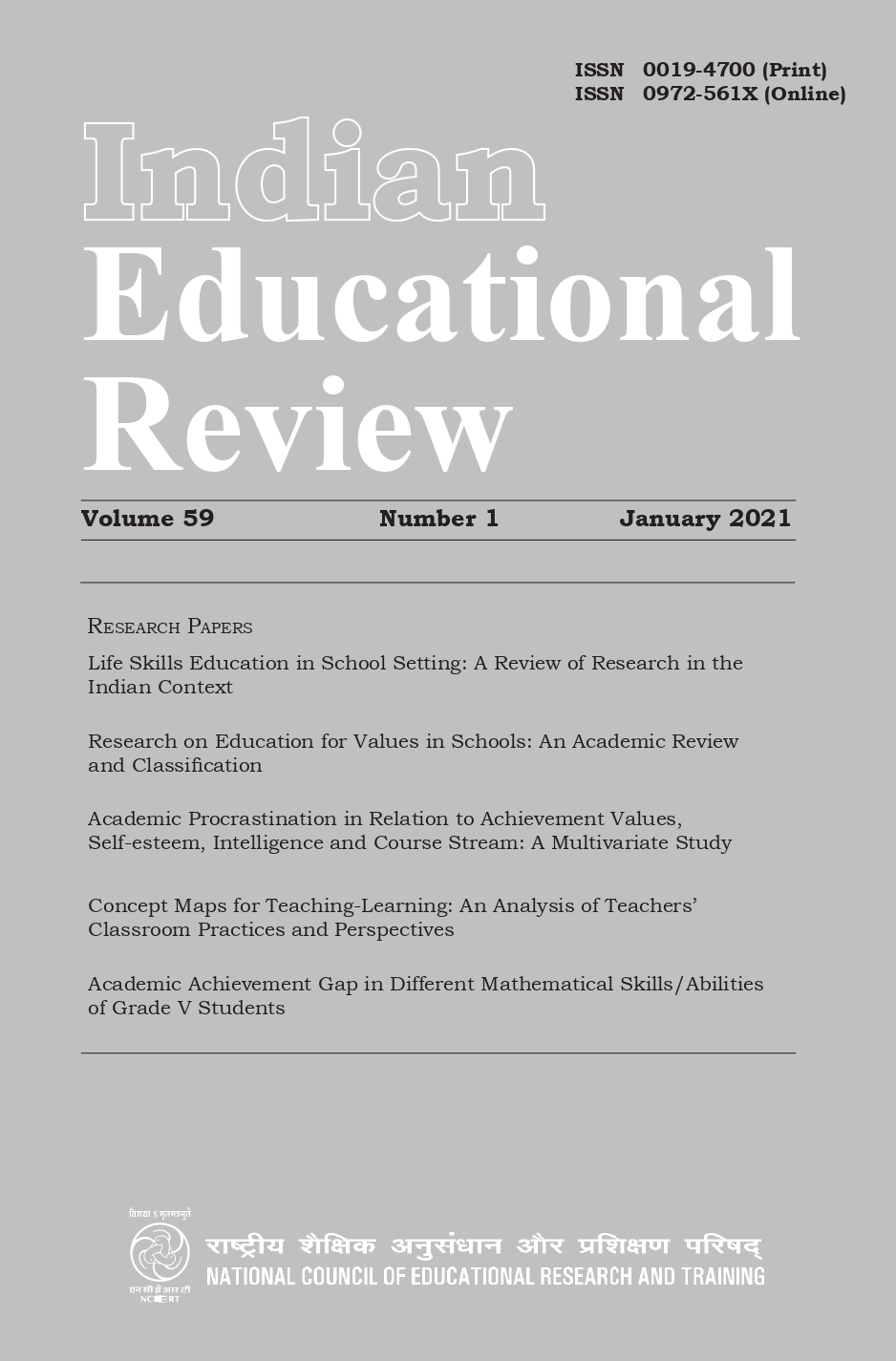Investigating the Root Causes of Underachievement among Gifted Underachievers and Adapting Trifocal Model for Reversing their Underachievement
प्रकाशित 2021-01-31
संकेत शब्द
- Parental Disciplinary Practices Inventory,
- Parent-Child Relationship Scale
##submission.howToCite##
सार
Giftedness has been traditionally associated with intellectual superiority. Gifted students are one group of exceptional learners who are not normally considered at risk for academic failure or problems. It is a harsh reality of today’s world that a large number of gifted students do not gain high level of academic success as per their capability. In recent years, underachievement in gifted students is one of the most bewildering educational issues that many parents and educators face. A combination of school, family and personal factors results in underachievement of gifted students. By controlling some of these factors and by creating an appropriate learning environment, gifted students can achieve more. The purpose of this study was to investigate factors responsible for academic underachievement in gifted students. For this purpose, Rimm’s Trifocal model was used. Rimm’s Trifocal Model (1995) is one of the most comprehensive approaches to underachievement. The model consists of six steps for reversing underachievement, i.e., assessment of skills, abilities and type of underachievement in a gifted child; communication among parents, teachers and students; changing the expectations of important others; identification of a role model; correction of skill deficiencies and modification of reinforcement at home and school.

